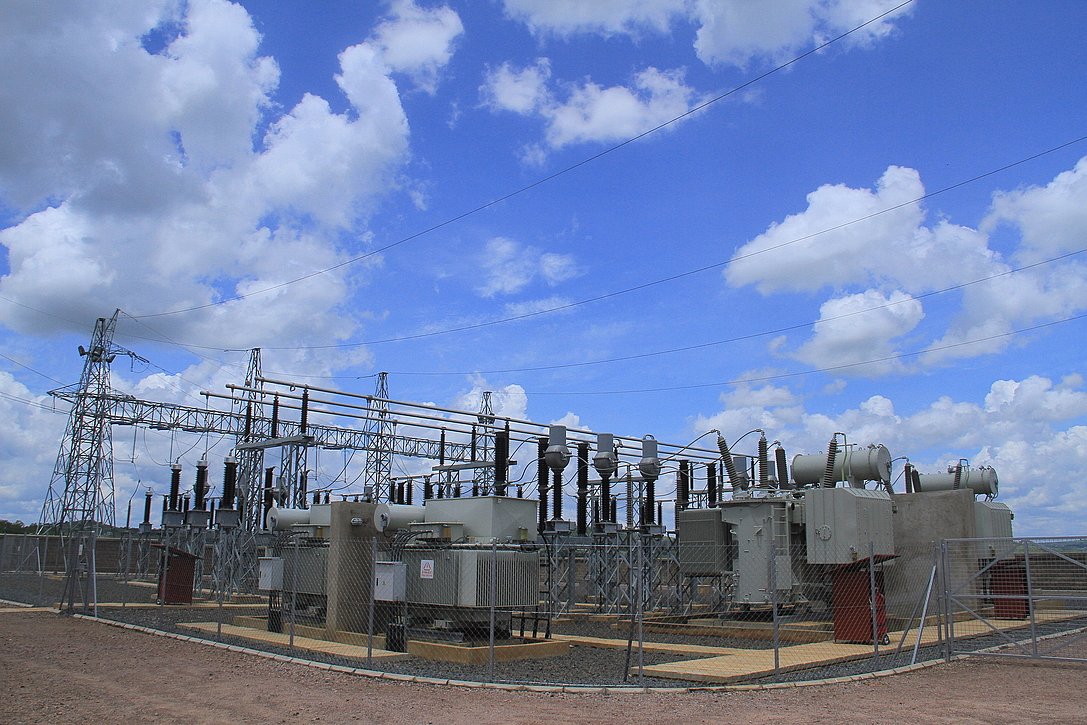News & Events Details

Jul
Kwibohora26: Reflecting on milestones in the energy sector, the journey ahead
When the country was liberated on July 4, 1994, everything was in crumbles and every sector of the economy had to start from zero. The energy sector in particular has seen a remarkable facelift in regards to electricity generation and distribution.
For instance, before 1994, only less than two percent of the country’s households had access to electricity while currently, over 55 percent of the current 2.8 million total households in the country have electricity.
Back in 1994, according to available information, the country had 6 power plants compared to the current 43 plants through which 227 megawatts of electricity is generated countrywide.
According to Ron Weiss, the Chief Executive Officer of Rwanda Energy Group (REG), all this was achieved due to the good leadership that was ushered in by the liberation of the country.
“We are getting a lot of support from the Government of Rwanda that always pushes us to perform better. Additionally, our strong team and support from the private sector and development partners played a role in this milestone,” he said.
According to the REG boss, so far, basic public infrastructures such as sector offices, health centers, schools, milk collection centers and markets in 406 sectors of Rwanda are supplied with electricity and the remaining 10 sectors will also be connected not later than September this year.
Universal electrification target
Under the National Strategy for Transformation (NST1) that will run up to 2024, Rwanda aims to connect all the 3.8 million households which are projected to be present in the country by 2024 with electricity.
To facilitate this universal access to electricity in the country and to especially meet the economic development forecasted to be driven by high level of industrialization, the utility firm will need to generate 556 megawatts.
According to Weiss, it is still possible to achieve the remaining 45 percent connections in the remaining four years.
He said: “Though it may seem like few years ahead to accomplish this target, we are optimistic that it is possible. Different from first 10-15 years that followed the 1994 Genocide against the Tutsi, where the country’s economy was still struggling, the economy is now stable and promising.
“Having said this, we have acquired experience and skills in the previous years, which we know will enable us to perform better and faster.”
Statistics show that Rwanda had 10 percent of total households supplied with electricity by 2010 and managed to reach 41 percent household connectivity by 2017.
To achieve this NST1 target of 100 percent household connectivity to electricity, REG will need $1.5 billion for the development of projects in generation, transmission, distribution, access and biomass.
The big part of the budget is for access—more than $850m.
On this, Weiss noted that the utility firm is having talks with different stakeholders to avail the necessary budget.
He said: “We are in touch with the Ministry of Infrastructure concerning the budget, and they are giving us necessary support not only in terms of funds from the national budget but also linking us with development partners.”
Currently, all off-grid connections that make up nearly 15 percent of all electricity connectivity are being run by 27 private companies- which according to Weiss, shows the essential role of the private sector in achieving the target.
Projects in the pipeline
According to REG, some of the big projects underway to generate more electricity include Hakan Peat Power Plant being built in Gisagara district, which upon completion shall generate 70 MW.
Other projects to be completed soon include Nyabarongo II Hydro Power Plant that is expected to generate 43 MW and Shema Power Plant on Lake Kivu that will supply 50 MW to the national grid.
Additionally, there are two regional power plants under or to start construction soon that Rwanda will benefit from:
They is Rusumo HydroPower Plant that will generate 80 MW to be shared by Rwanda, Burundi and Tanzania. Rwanda will benefit 27 MW from this power plant.
Rusizi III is also another regional project in the pipeline that is expected to generate 200 MW and benefit Rwanda, Burundi and DR Congo.
The country is expected to profit 67 MW from this project.
Weiss noted that: “There are also many other small power plants under construction country-wide with the help of investors.”
Categories
Archives
- April 2024
- March 2024
- August 2023
- July 2023
- June 2023
- May 2023
- April 2023
- February 2023
- December 2022
- August 2022
- July 2022
- June 2022
- May 2022
- April 2022
- March 2022
- February 2022
- January 2022
- December 2021
- November 2021
- September 2021
- August 2021
- July 2021
- June 2021
- May 2021
- April 2021
- February 2021
- January 2021
- December 2020
- November 2020
- October 2020
- September 2020
- August 2020
- July 2020
- June 2020
- April 2020
- March 2020
- February 2020
- January 2020
- December 2019
- November 2019
- October 2019
- September 2019
- August 2019
- July 2019
- June 2019
- May 2019
- April 2019
- March 2019
- February 2019
- January 2019
- December 2018
- November 2018
- October 2018
- September 2018
- July 2018
- June 2018
- April 2018
- March 2018
- February 2018
- January 2018
- December 2017
- November 2017
- August 2017
- July 2017
- June 2017
- March 2017
- February 2017
- January 2017
- December 2016
- November 2016
- August 2016
- July 2016
- June 2016
- April 2016
- February 2016
- May 2015
- April 2015
- March 2015
- January 2015
- December 2014
- August 2014
- July 2014
Related News
Our Partners
Please fill in the form or Call us on our Toll free number 2727






















